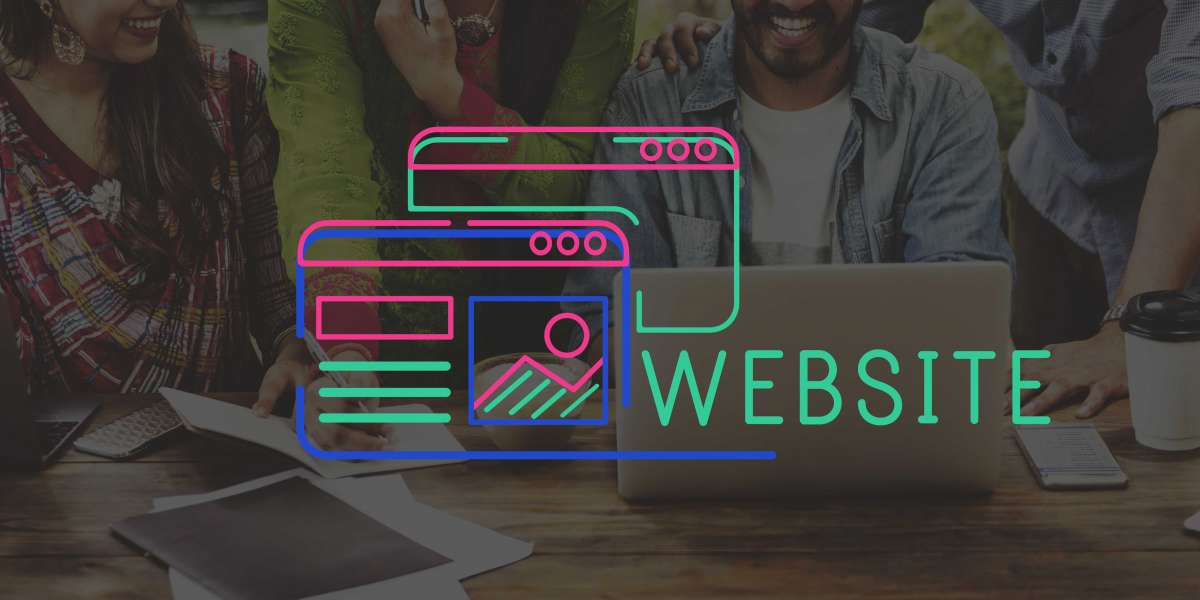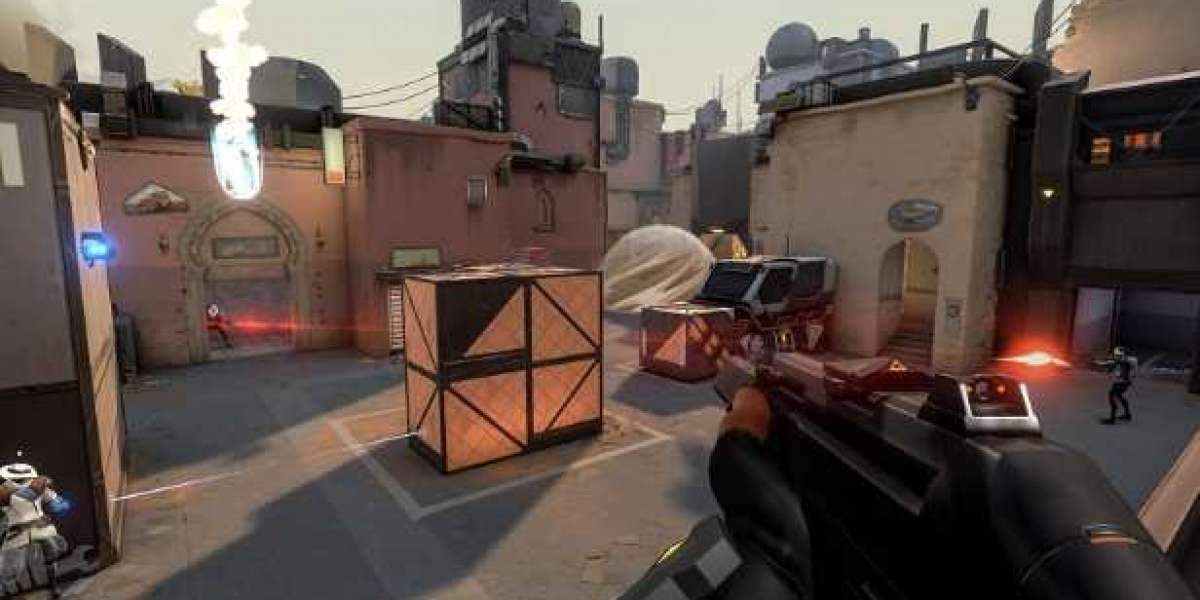Choose the Best Paper and Printing Method.
For producing print designs of the highest caliber, selecting the appropriate paper and printing method is essential. The final product's appearance, texture, durability, and suitability for its intended use can all be significantly influenced by the paper that was chosen. In addition, offset, digital, or letterpress printing methods must be taken into account by print designers because they have an impact on the final product. Cost, turnaround time, and the availability of printing resources are additional aspects to take into account. Careful consideration of these elements can help guarantee the print design is of the highest caliber and adheres to the required standards.
Print design typography and font selection.
In print design, typography services and font selection are crucial factors to take into account since they can significantly affect reading and overall aesthetics. The font selection should be suitable for the target market and the design's objective. To make the information easy to read and visually appealing, additional aspects like font size, space, and hierarchy should be properly taken into account. Designers should also consider how the typeface will print because different paper kinds and printing processes might alter how legible the text is.
Using images and colors when designing prints.
In print design, colors and images are essential because they may elicit feelings, convey ideas, and grab the attention of readers. Designers must take color theory, complimentary hues, and the desired mood of the design into account while choosing colors. They should be conscious of color fidelity as well because printed colors may differ from those seen on screens. Designers should make sure the image is correctly aligned with the design layout and that the resolution is appropriate for the intended print size when dealing with photos. The final print product's quality can be increased by using appropriate picture editing methods.
Bleed, margins, and safe zone are important in print design.
In print design, bleed, margins, and safe zones are essential components that guarantee the finished product is of the highest caliber and complies with all requirements. Bleed is the area where design elements stretch past the final trim size to avoid any blank space or borders after trimming. Margins offer a buffer zone around the edge of the design to stop any crucial components from being removed during trimming. The safe zone is the portion of the design that shouldn't include any crucial information because it could be obliterated during printing or trimming.
Making a Layout for Print Design that Works.
Effective layout design is essential to good print design. The design should be visually appealing and facilitate audience access to the content. The layout should have a clear flow that directs the reader's eye, and the hierarchy of the design elements should be taken into account. Grid systems aid in the creation of a balanced and well-organized layout. By fostering clarity and letting the text shine out, the use of white space can also enhance the overall design. Consistency and proper alignment across the design will increase its overall impact.
Strategies for Producing Standout Print Design.
In today's cutthroat market, creating print designs that stand out is imperative. Using distinctive design components, like odd typography, vibrant colors, or imaginative imagery, is one approach to do this. A design might stand out by using premium materials like textured or speciality papers. Designers should also take the audience into account and adapt the design to suit their demands and tastes. A print design can be made more memorable and effective by using compelling headlines, succinct and educational text, and an aesthetically pleasing layout.
checking for errors and setting up artwork for printing.
For the final print result to be of excellent quality and adhere to the required standards, proofreading and artwork preparation are crucial. To get rid of typos, errors, or inconsistencies, proofreading should be done completely. Artwork must be created in accordance with the printer's specifications, including the right file format, color profile, and resolution. Moreover, make sure that the final file has bleed and trim marks and that all design components are correctly aligned. Time can be saved and problems in the end result can be avoided by correctly preparing artwork for print.
Large-Scale Print Design Printing Considerations.
When printing, large-scale print designs services like billboards or banners need to be carefully considered. To make sure that the design will look sharp and clear at the specified viewing distance, designers must take the size and resolution into account. Large-scale designs could need specialized printing methods or materials, therefore the printing process must also be carefully taken into account. It may be necessary to divide a design into portions when preparing artwork for large-scale printing; these sections must then be properly aligned to provide a seamless end product. The practicalities of shipping and installation must also be taken into account when designing.
Best Practices and Resources for Getting About in the Field of Print Design.
It can be difficult to navigate the world of print design, but there are many resources and best practices accessible to assist designers in producing high-quality print products. Internet tools like design forums, blogs, and tutorials can offer inspiration and useful advice. Also, local print shops might offer helpful advice on printing methods and supplies. By following best practices, such as proofreading, properly preparing artwork, and picking suitable fonts, colors, and layouts, you can make sure that the finished output is of excellent quality and conforms to your expectations.








